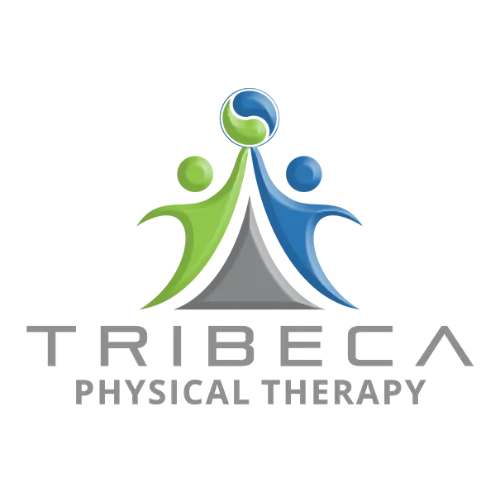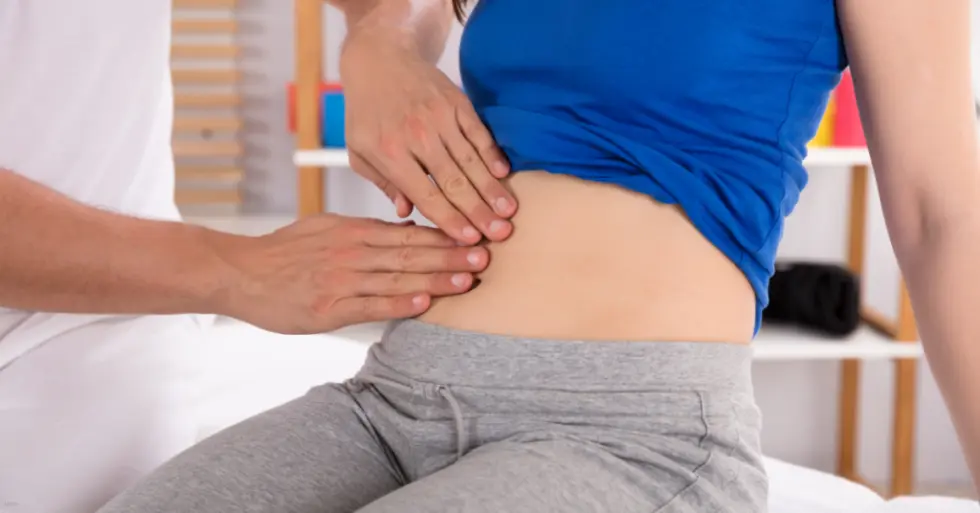What is Diastasis Recti? Diastasis Recti is commonly known as abdominal separation. The separation of the abdominal muscles occurs when the left and the right rectus abdominus muscle bellies are pulled to the side from the linea alba. This happens mostly during pregnancy however, men during workouts and heavy lifting and newborn babies can also have this. This condition is easily identified through a physical examination.
Diastasis Recti is a condition that can be ignored or treated and corrected. Aside from the aesthetic nature of the reason behind having diastasis recti treated, there are also emotional, mental, and of course, physical factors to consider. Untreated in adults, diastasis recti can lead to lower back pains, poor posture, hernia, constipation, and weakened pelvic alignment. In infants, it usually occurs when the baby is premature and if diastasis recti are not treated, it can lead to complications such as the development of an umbilical hernia – which worsens when accompanied by pain or vomiting. Treatment of diastasis recti involves time for healing and strengthening the abdominal muscles.
Sharing some recommended ways on how to treat diastasis recti:
Observe good posture
Observing good posture helps in correcting or treating diastasis recti by allowing the muscles to return to their usual position normally. Sitting up straight and not slouching stretches the walls and somehow guiding the abdominal muscles to slide back slowly into place. Standing up with the back straight and even walking properly aids in the encouragement of the abdominal muscles to return to their previous position before the gap. Proper posture should also be observed even when lifting heavy things or picking up stuff. All of these contribute to the correction and treatment of diastasis recti.
Exercise
Specific exercises are formulated to help in the treatment of diastasis recti. A medical note clearing a person with diastasis recti to go through the correction and treatment of such is necessary. Afterwhich an evaluation with a physical therapist, physiotherapist or, for women who just gave birth, a postpartum fitness specialist is required. Exercises recommended in strengthening the abdominal muscles and correcting or treating this includes pelvic floor and deep muscle exercises. These exercises can be done at home or with the proper guidance of a therapist or specialist.
Surgery
In some cases, observing proper posture or going through a specialized exercise program does not really correct or treat diastasis recti. When the “bulge” or the pouch is getting in the way of one’s activities or when there is pain or difficulty even in sitting down or walking because of the bulge, and most of the time, for aesthetic reasons – to look good again without the bulge or the pouch and no amount of exercise or posture correction seems to be helping, people consider surgery. Surgery is the last option, not really recommended but an option that many may consider. It is also called abdominoplasty. It is definitely costly and recovery takes a little longer. This is when the abdominal muscles are surgically stitched together, closing the gap thus losing the bulge or the pouch.
In summary, diastasis recti is a normal occurrence common to people who lift heavy weights, work out, conceives, and for infants, born prematurely. There are times the abdominal muscles go back to their usual position on their own. Oftentimes there are ways by which it can be corrected and treated to avoid further worsening conditions such as constipation, pelvic floor malfunction or weakening, bloating, and hernia formation. With a proper physical examination or evaluation and a guided or recommended program of exercises and therapy, diastasis recti can be corrected and treated. If you have diastasis recti and need help from a Physical Therapist, then book a consultation with Tribeca Physical Therapy today.



